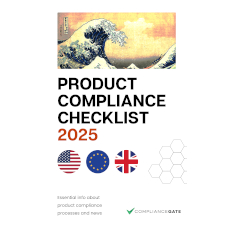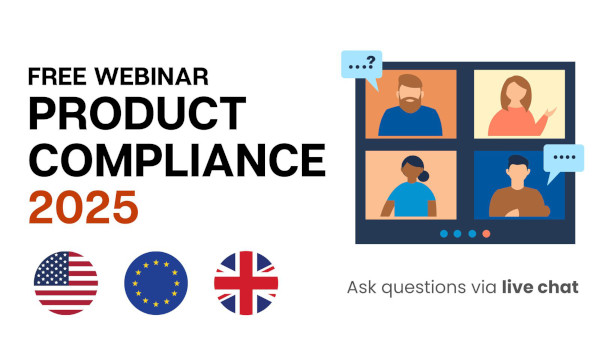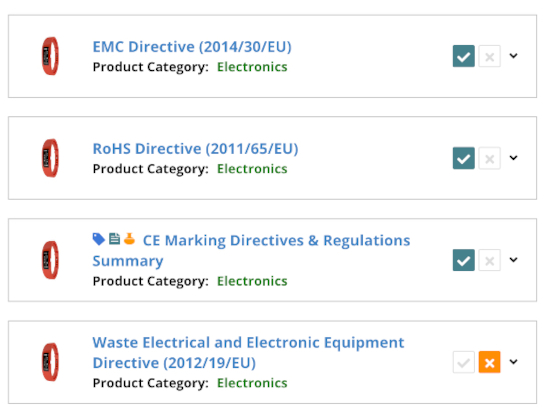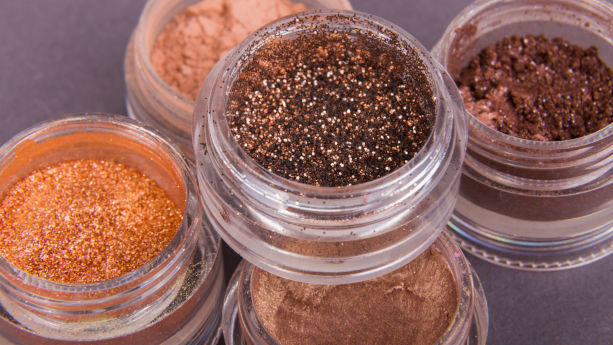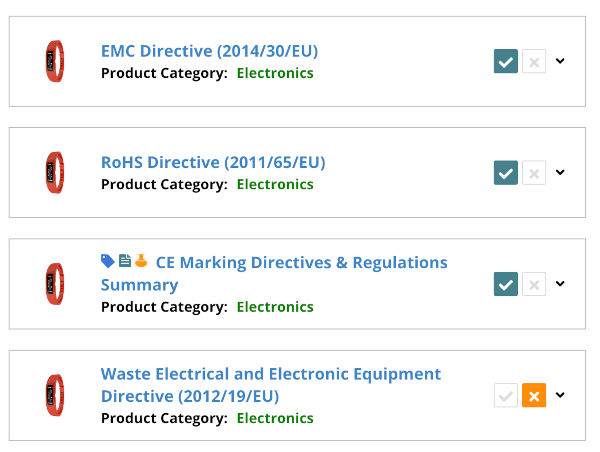A CE Certificate of Conformity (CoC) essentially states that a certain product is compliant with one or more regulations, directives or standards. It also includes information about the conformity assessment performed, the issuing company, product information, and suppliers.
In theory, this certificate is issued based on the issuing company reviewing or creating certain documents. This includes test reports and technical files.
However, as I will explain in this guide, far from all documents titled ‘Certificate of Conformity’ are valid and based on an actual conformity assessment. In short, many of these documents are invalid and can result in your products being subject to a recall, fines, or other penalties.
Alternative terms
Certificate of Conformity documents can have the following titles:
- CE Certificate
- Attestation of Conformity
- Verification of Conformity
- Certificate of Compliance
Some service providers also refer to these as voluntary certificates.
Continue reading CE Certificate of Conformity: A Complete Guide



